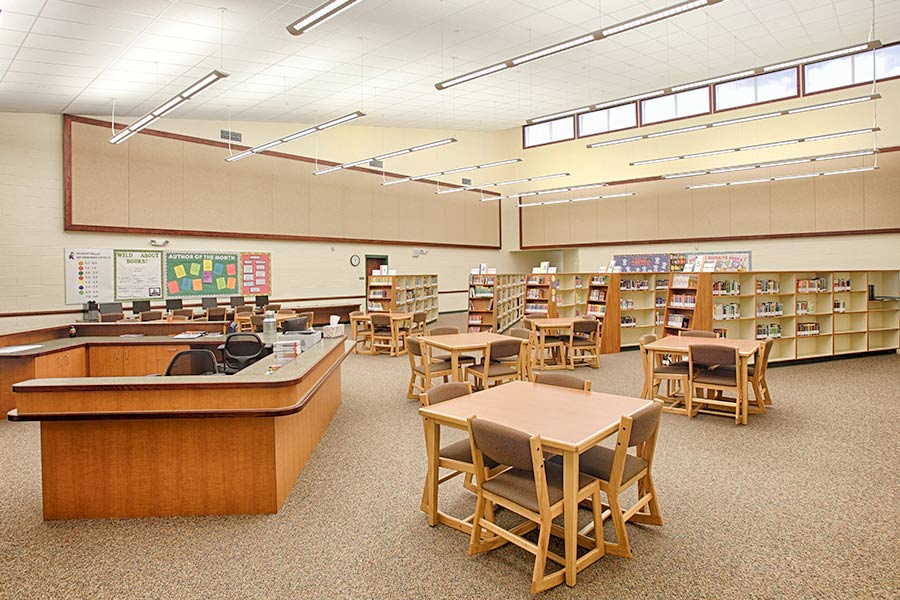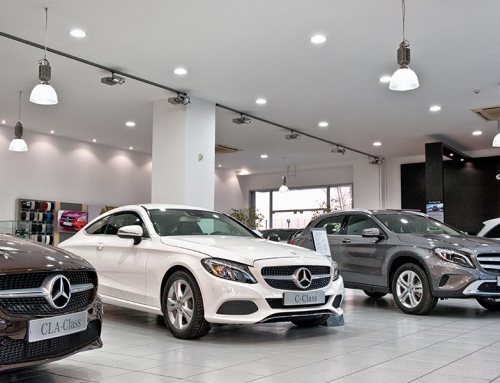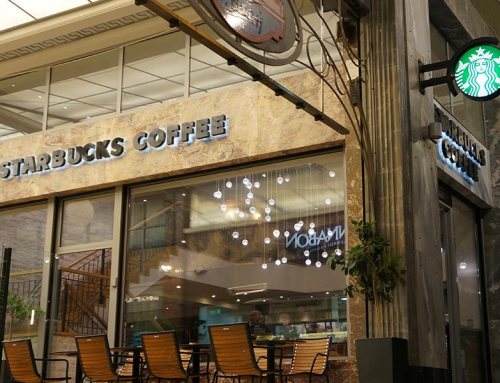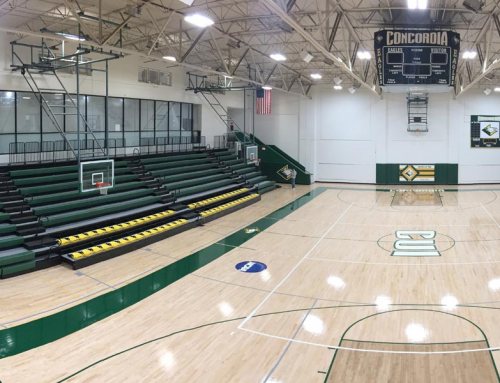I think we can all remember the scene in Joe vs. the Volcano where Tom Hanks’ character is stuck working under buzzing fluorescent lights in an office setting that personifies the feeling of utter and complete despair. Would we want our beloved children to go to school working all day under that same lighting? The answer is obvious and as school districts begin to invest in progressive technologies, there is no substitute for LED lighting.
LED lighting stands for Light Emitting Diodes and consists of an electrical component called a diode that has two terminals, a ‘P’ and an ‘N’ junction that conducts the current in one direction. Diodes are simply semiconductor devices that emit visible light when currents pass through them.
What we now know are the energy efficiency facts are staggeringly positive for diodes vs. the less efficient incandescent lights. The school setting is a nurturing environment that sets the tone for our youth to learn in the most efficient manner, so it is no surprise that all classrooms are currently changing over to LED lighting.
Schools deploying led technology will see an increase in student engagement in a brighter, more efficient and more comfortable environment. LED lights in classrooms can reduce eye strain and enhance learning by generating a more uniform light closer to natural lighting conditions.
From a safety perspective, LED lights do not contain hazardous materials, such as mercury, compared to fluorescent lights. In the event of a shattered fluorescent tube, anyone is prone to mercury contamination. Mercury can enter the human body through the lungs or the skin. In the event of a shattered fluorescent lamp the area under the lamp should be evacuated and EPA has published guidelines on how a fluorescent lamp should be handled when one is broken. Fluorescent tubes are a safety hazard in school facilities and there are very simple solutions to switch out the fluorescent tubes for LED tubes.
Moreover, old magnetic T12 fluorescent ballasts contain PCBs (Polychlorinated Biphenyl) which are extremely hazardous according to the EPA. PCBs could be emitted in the air during normal operation through FLB capacitors which contain this hazardous substance.
LED lights generate the same illumination and consume up to 70% less energy compared to conventional fluorescent lamps. As a result, schools will experience lower utility bills. Also, LED lights emit less heat in the environment, so the school will experience more savings by reducing the cooling loads on a given space.
Another positive aspect to adopting LED lighting in classroom setting is that LED lights have an expected average lifetime of 50,000 hours greatly reducing maintenance costs. LED lights experience low light degradation and could guarantee uniform and proper illumination levels for years to come. They can be paired with energy management systems contributing in even greater savings.
All in all, the days of buzzing fluorescent lights impairing our children’s concentration are rapidly ending. For more information on how you can urge your local school district to perform a retrofit, Neon Energy’s friendly staff of experts are available to meet with the Facility Team at your local school to work on a plan to upgrade the lighting to LED.
For more information please visit: https://us.neon-energy.com/led-lighting





